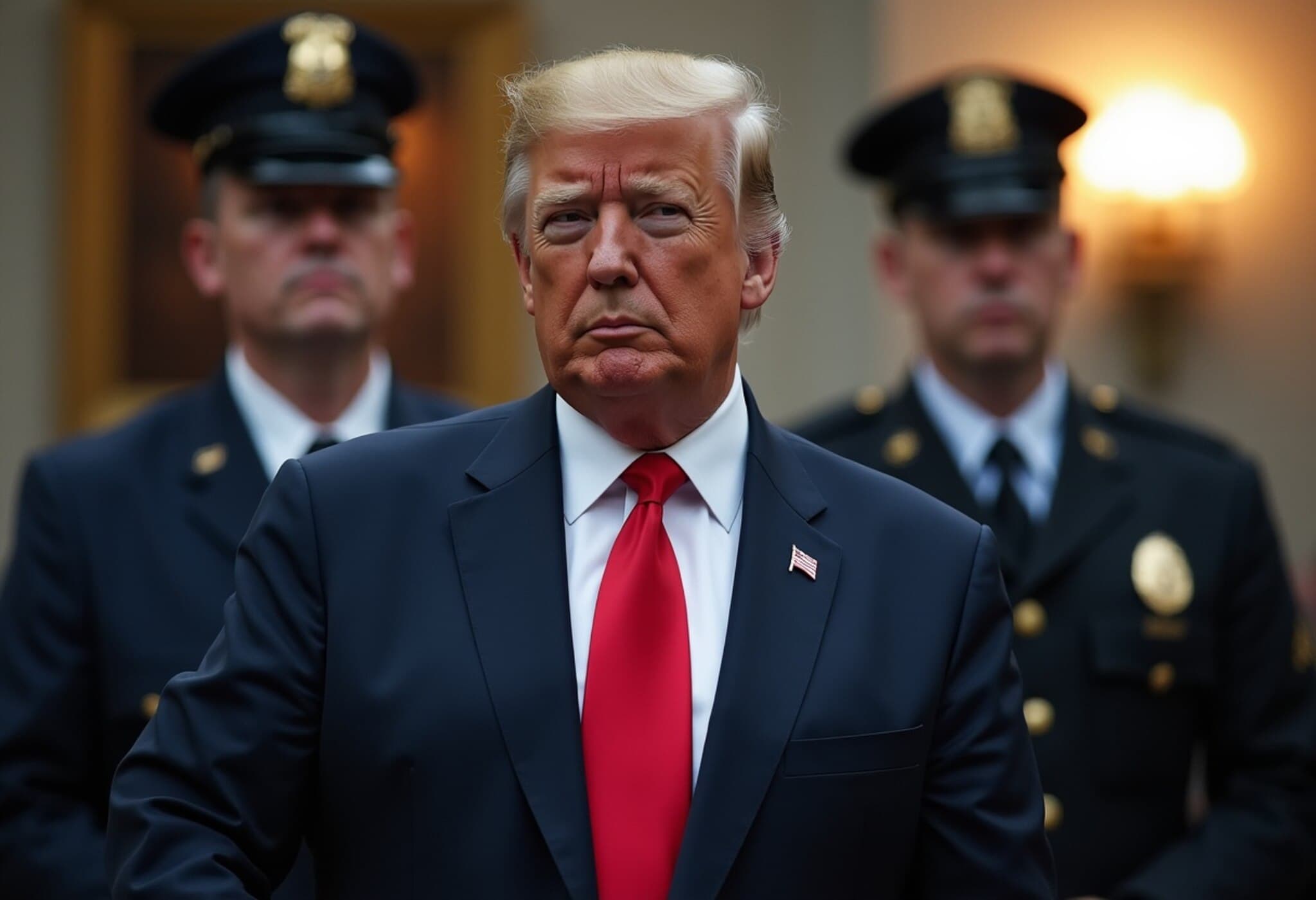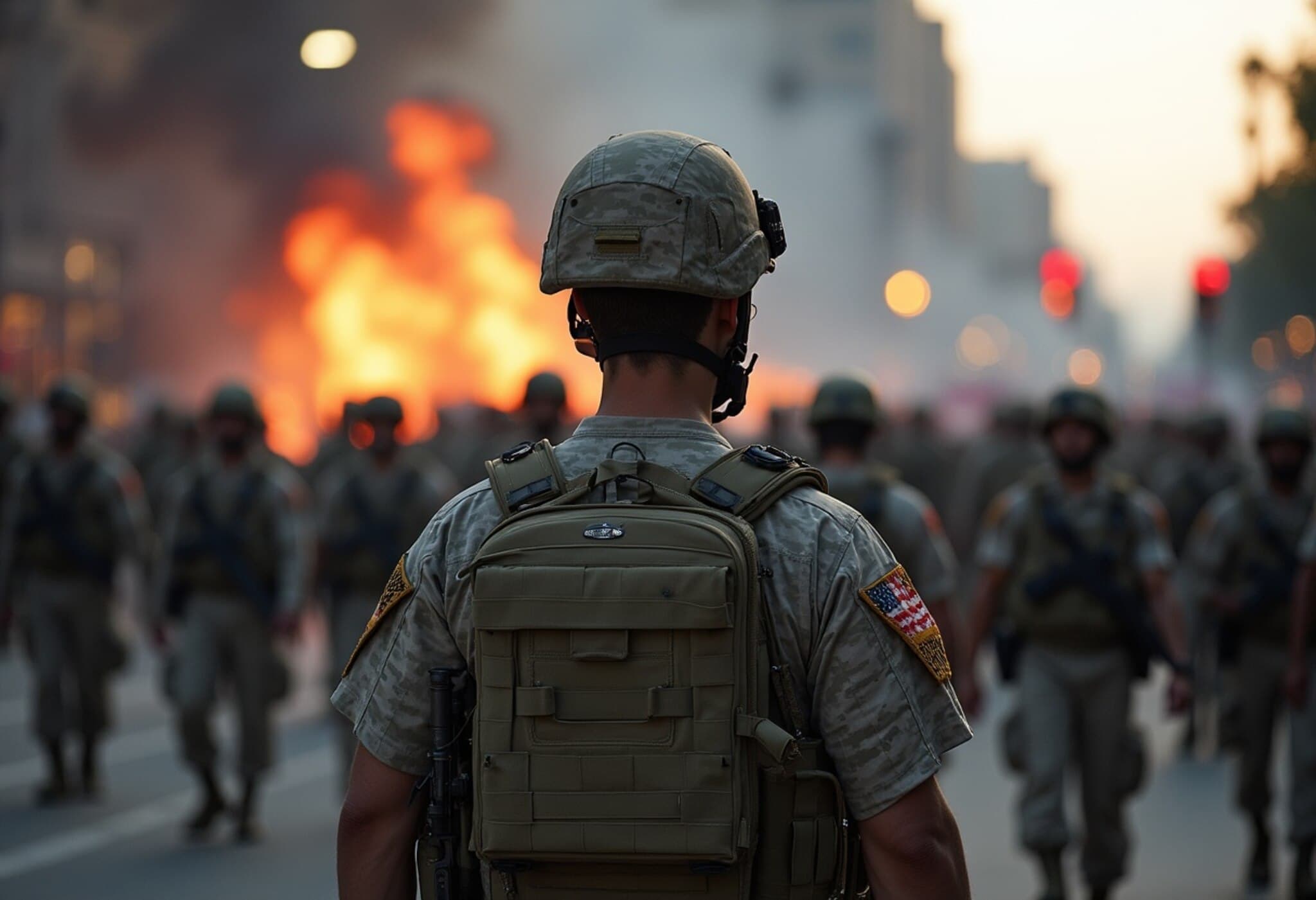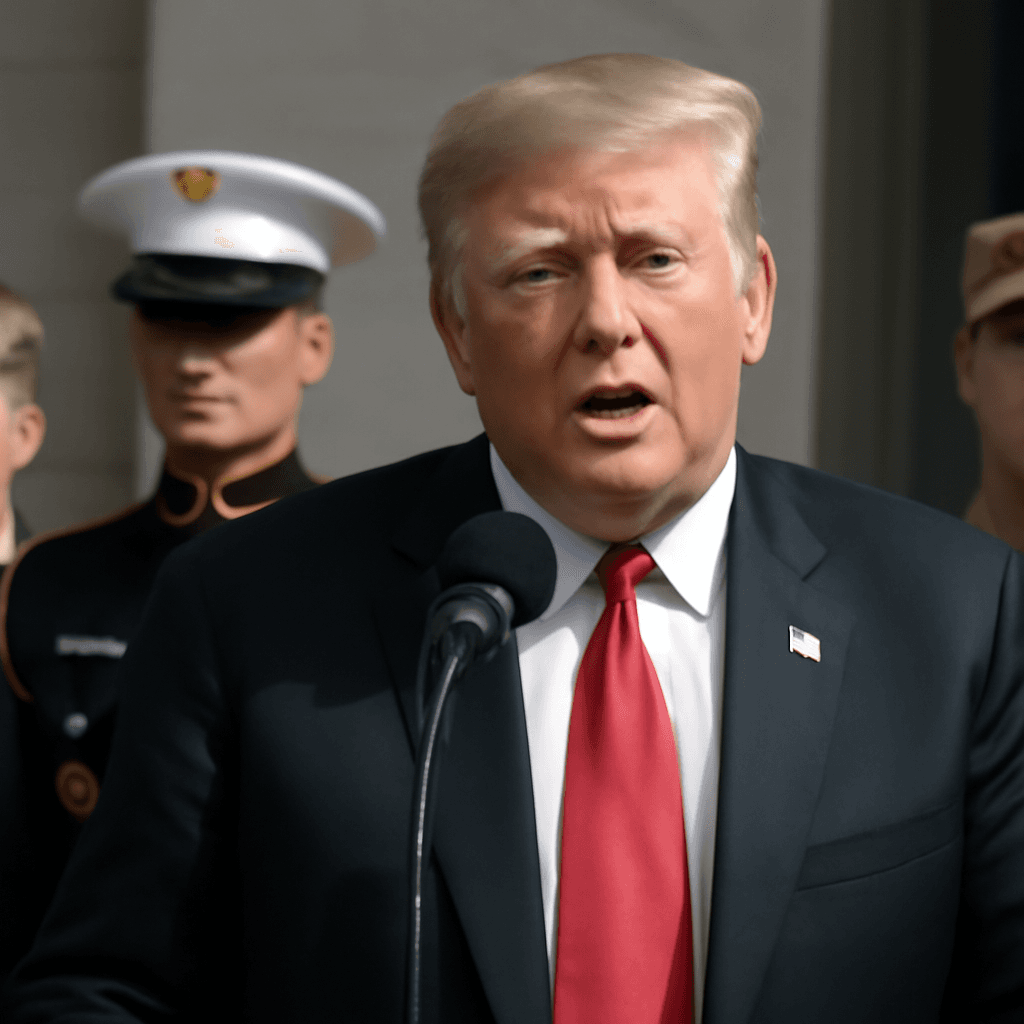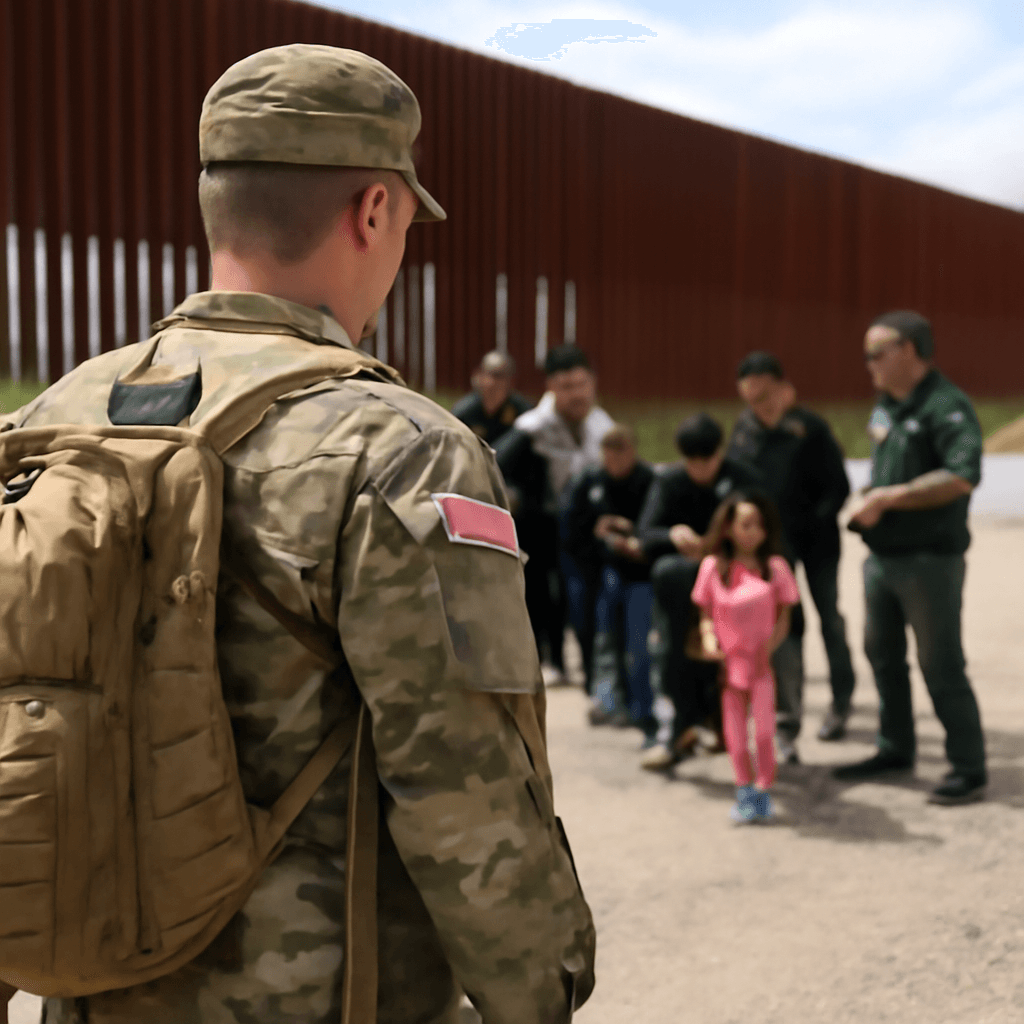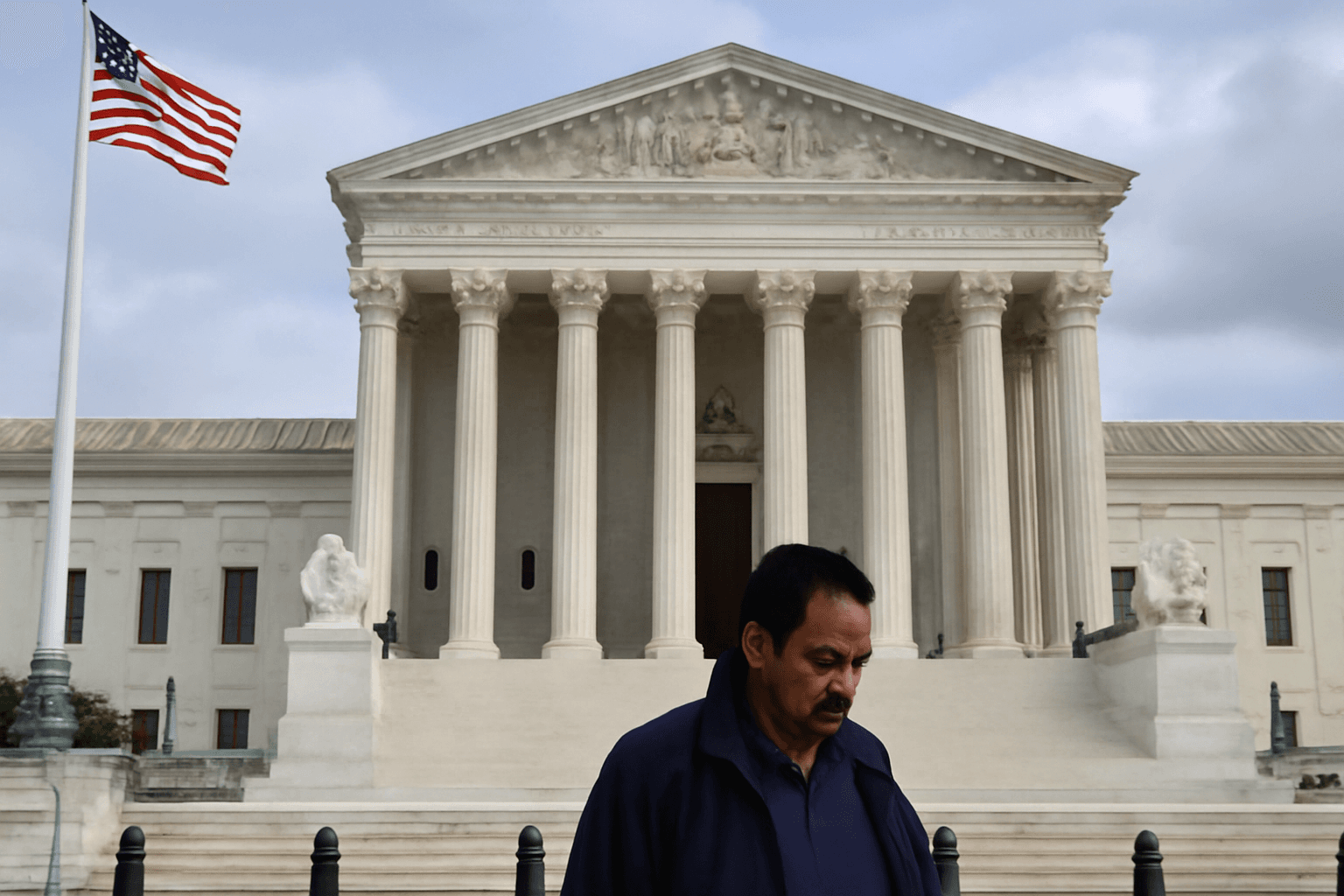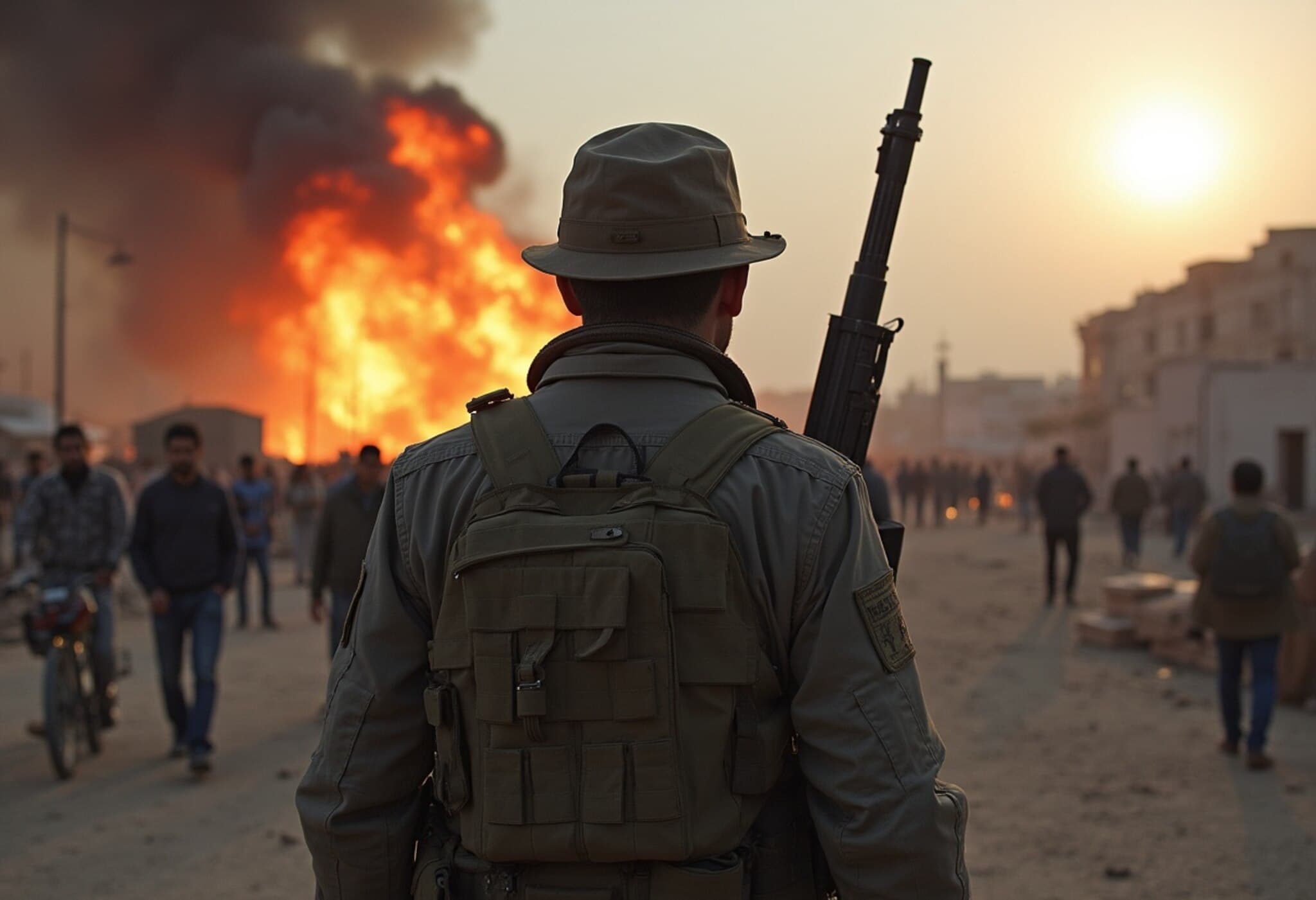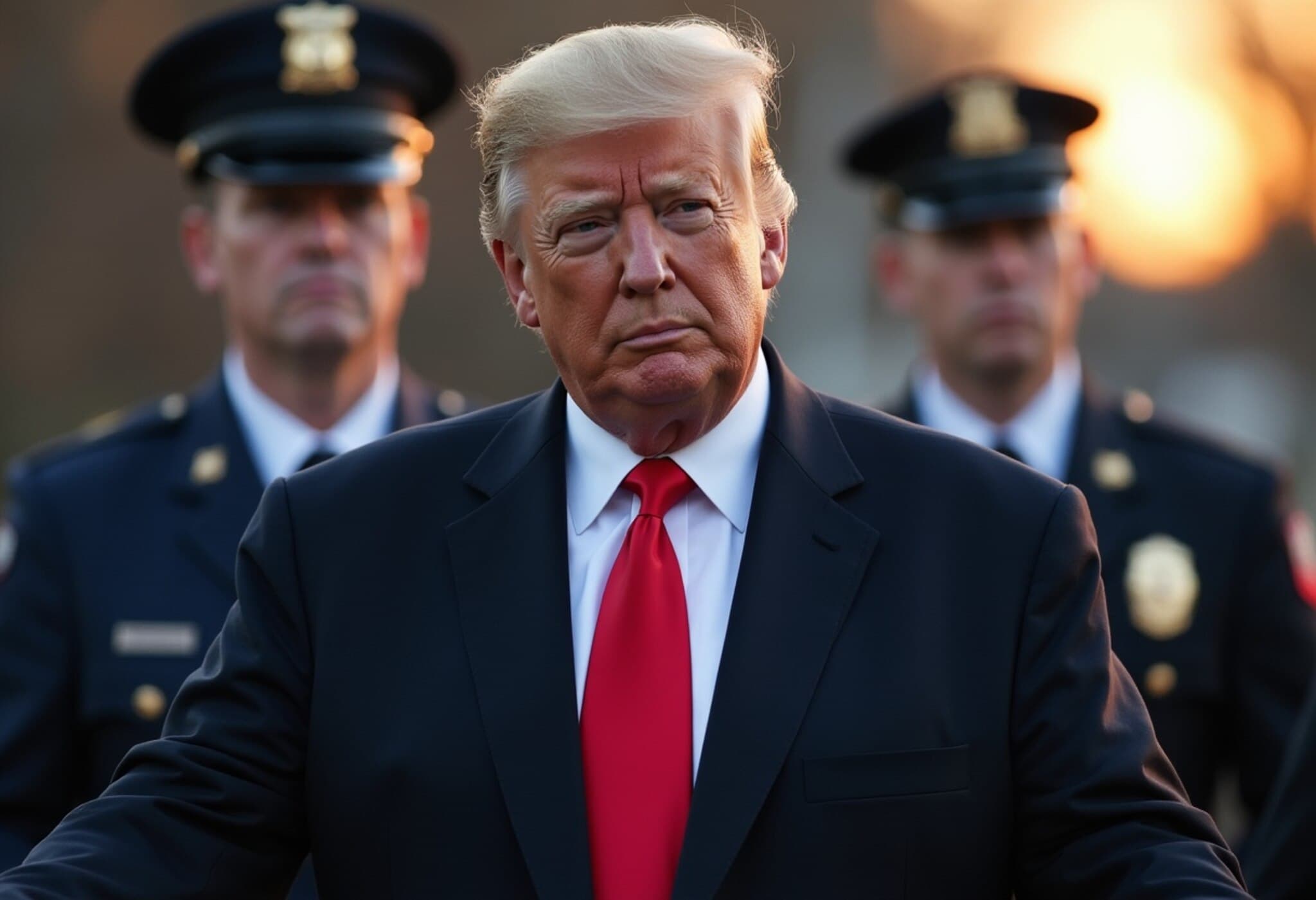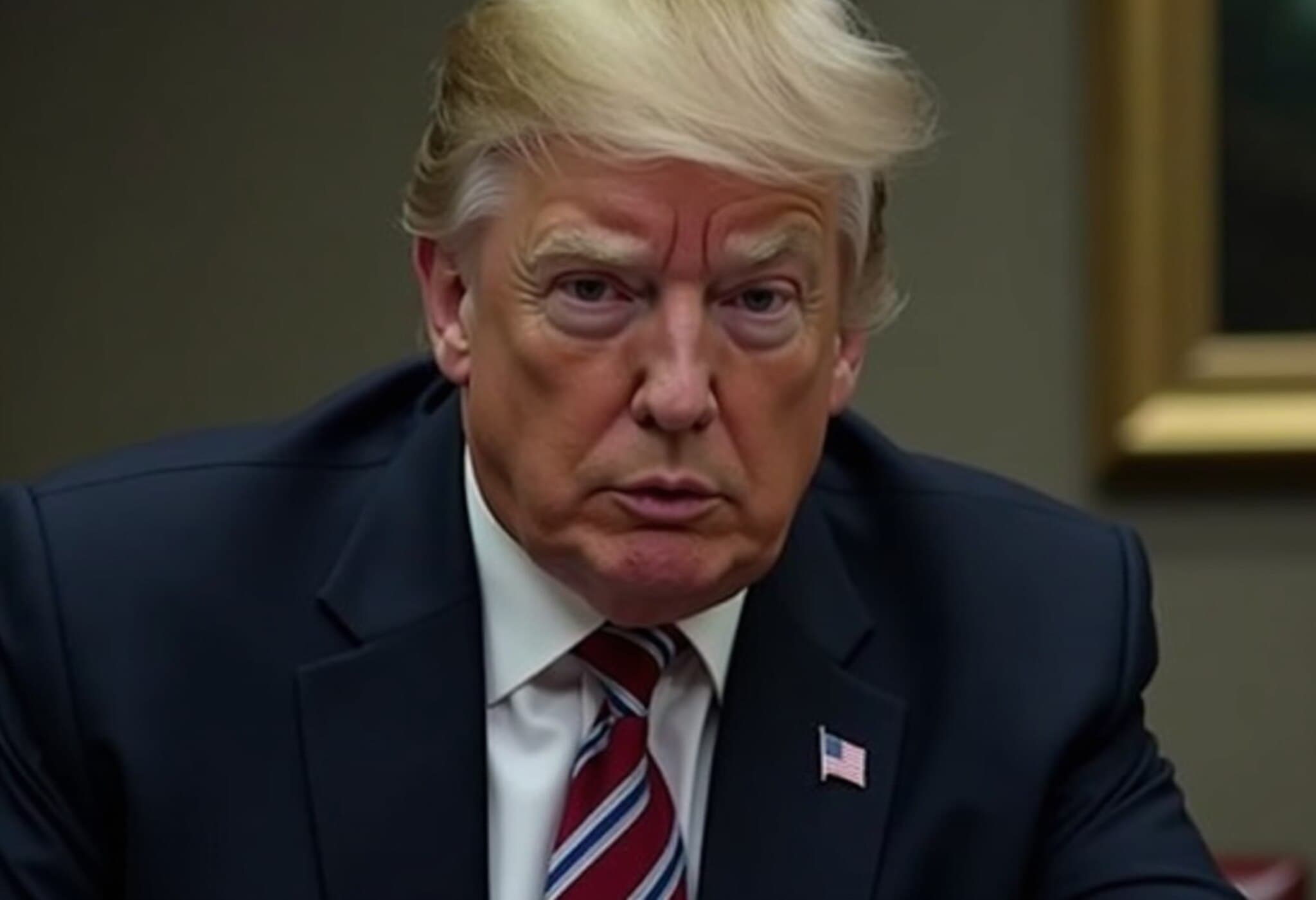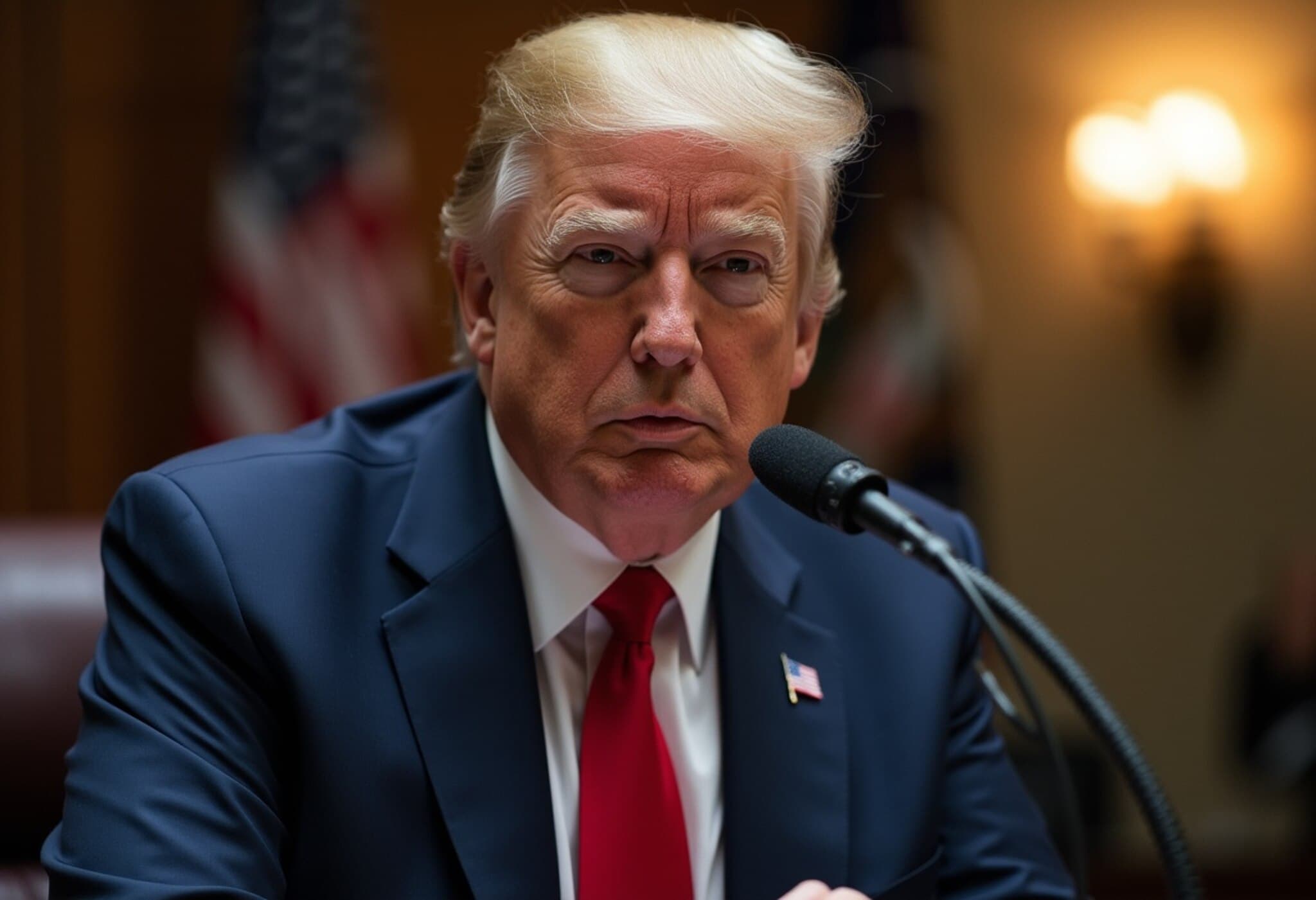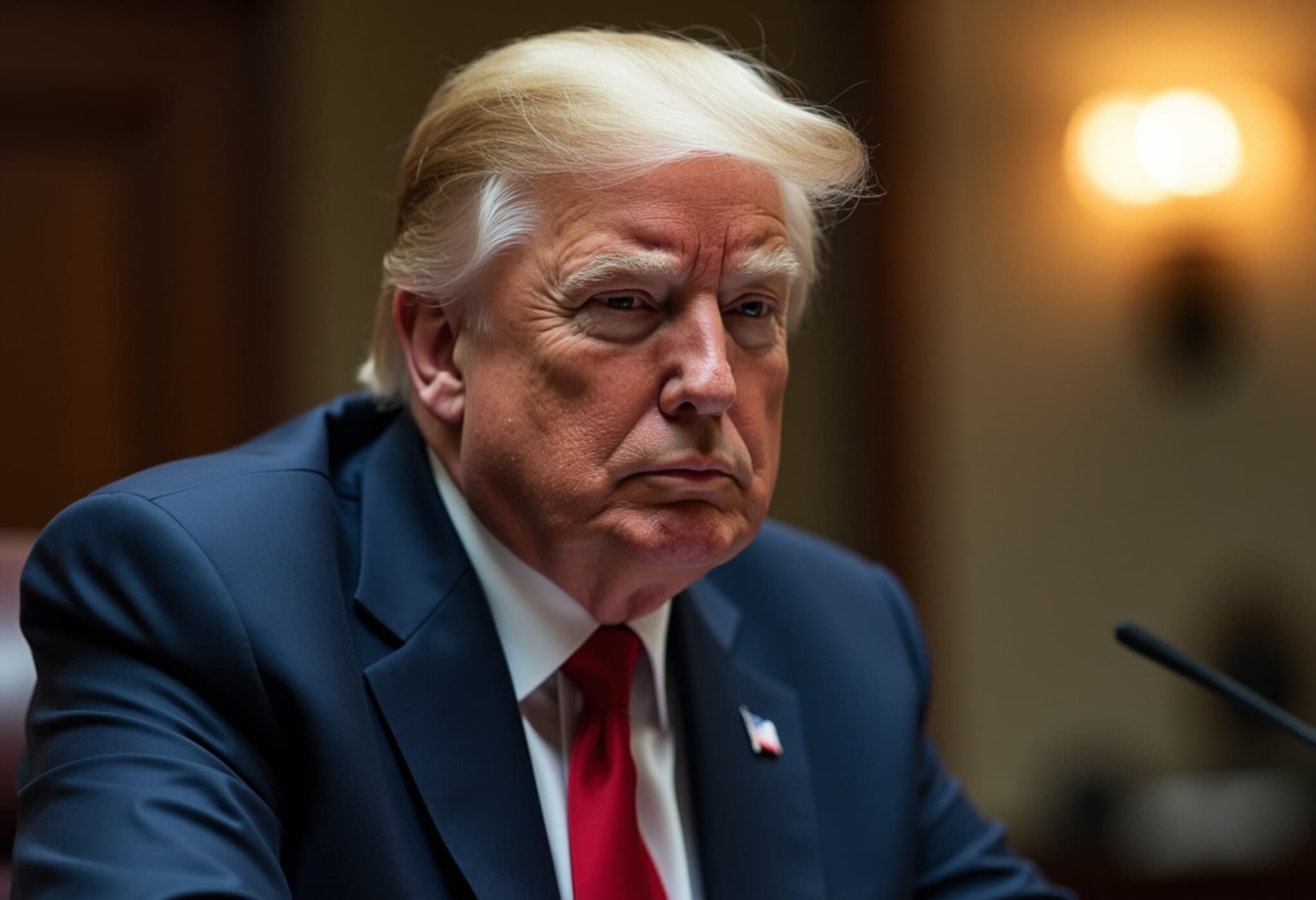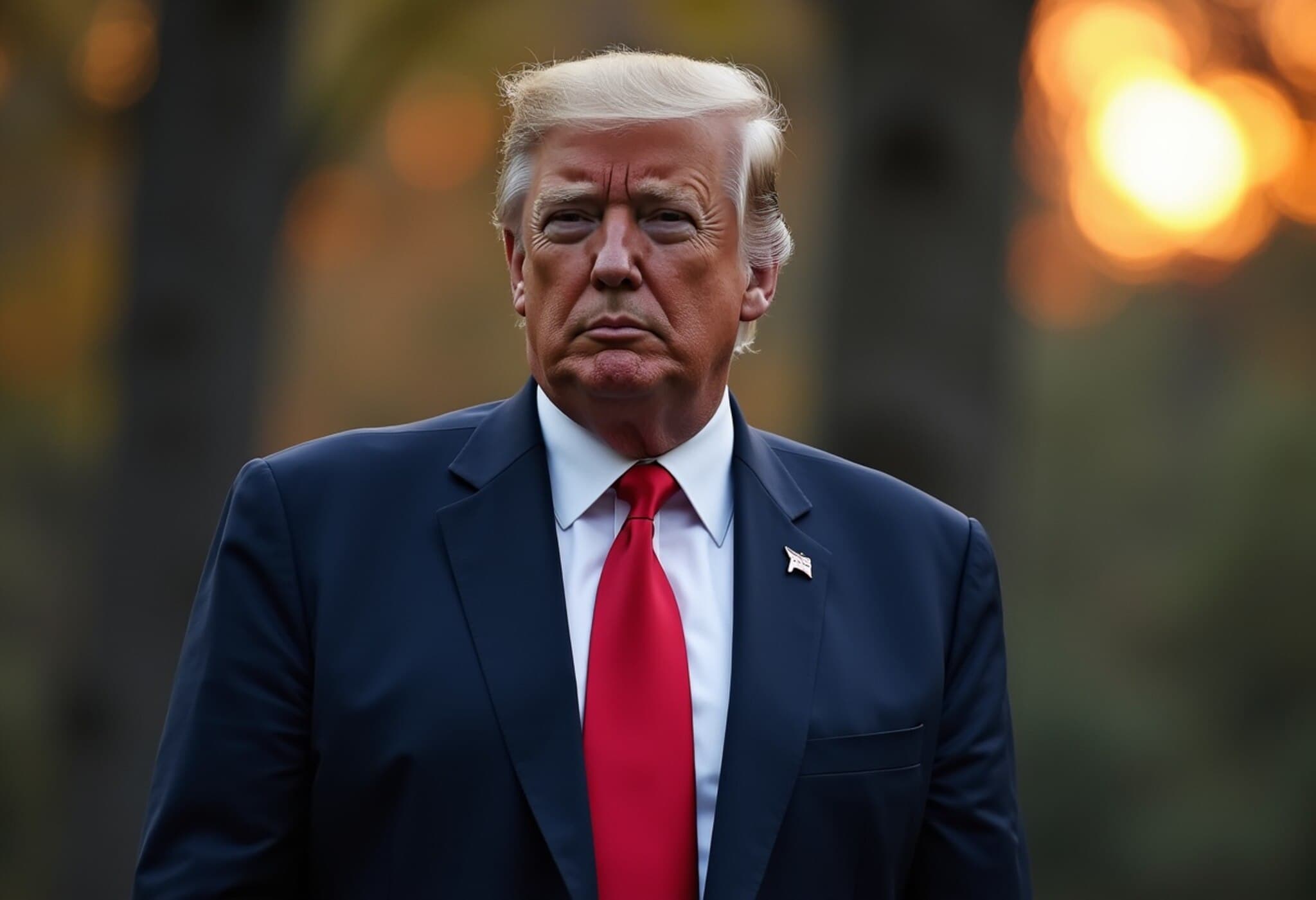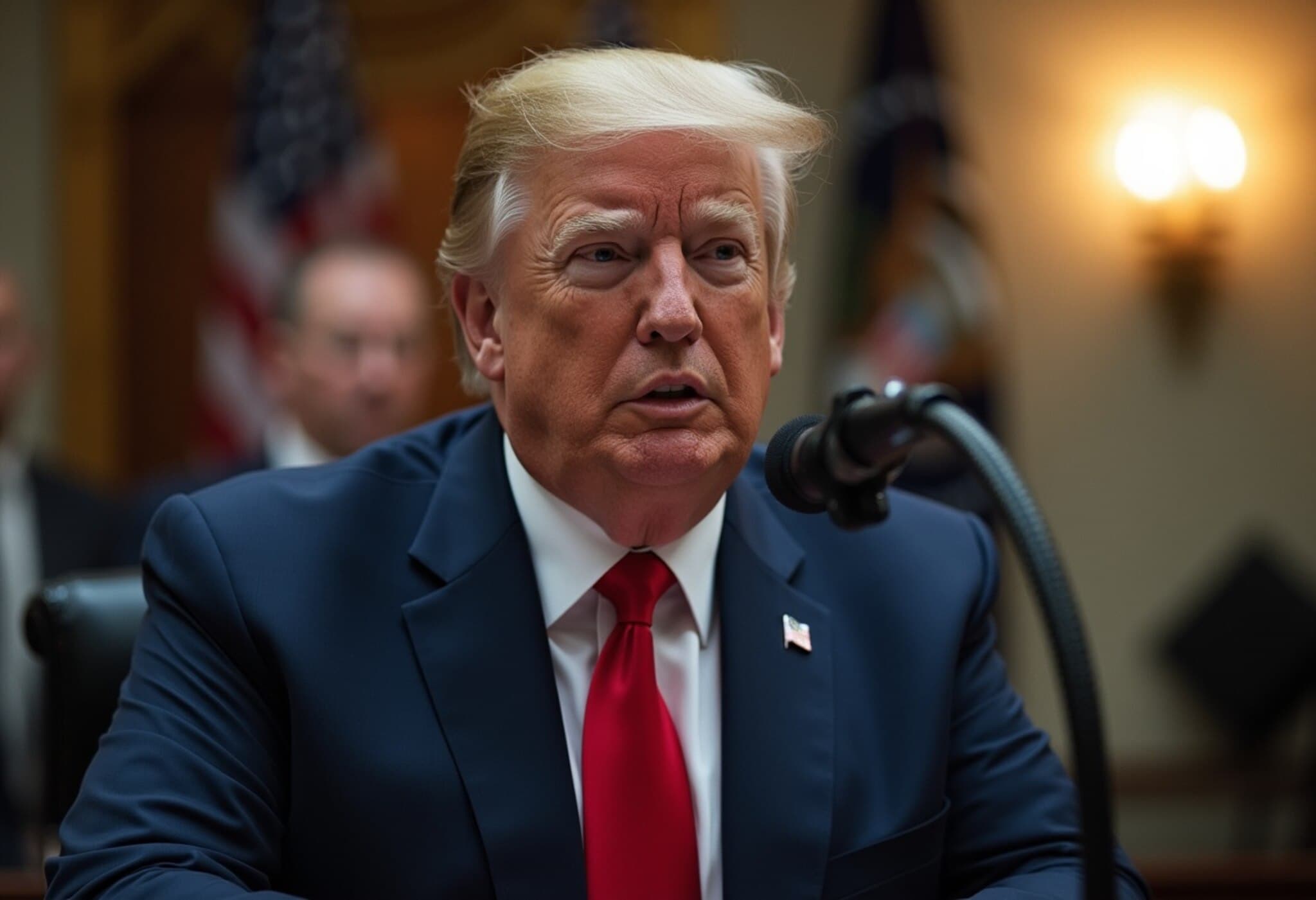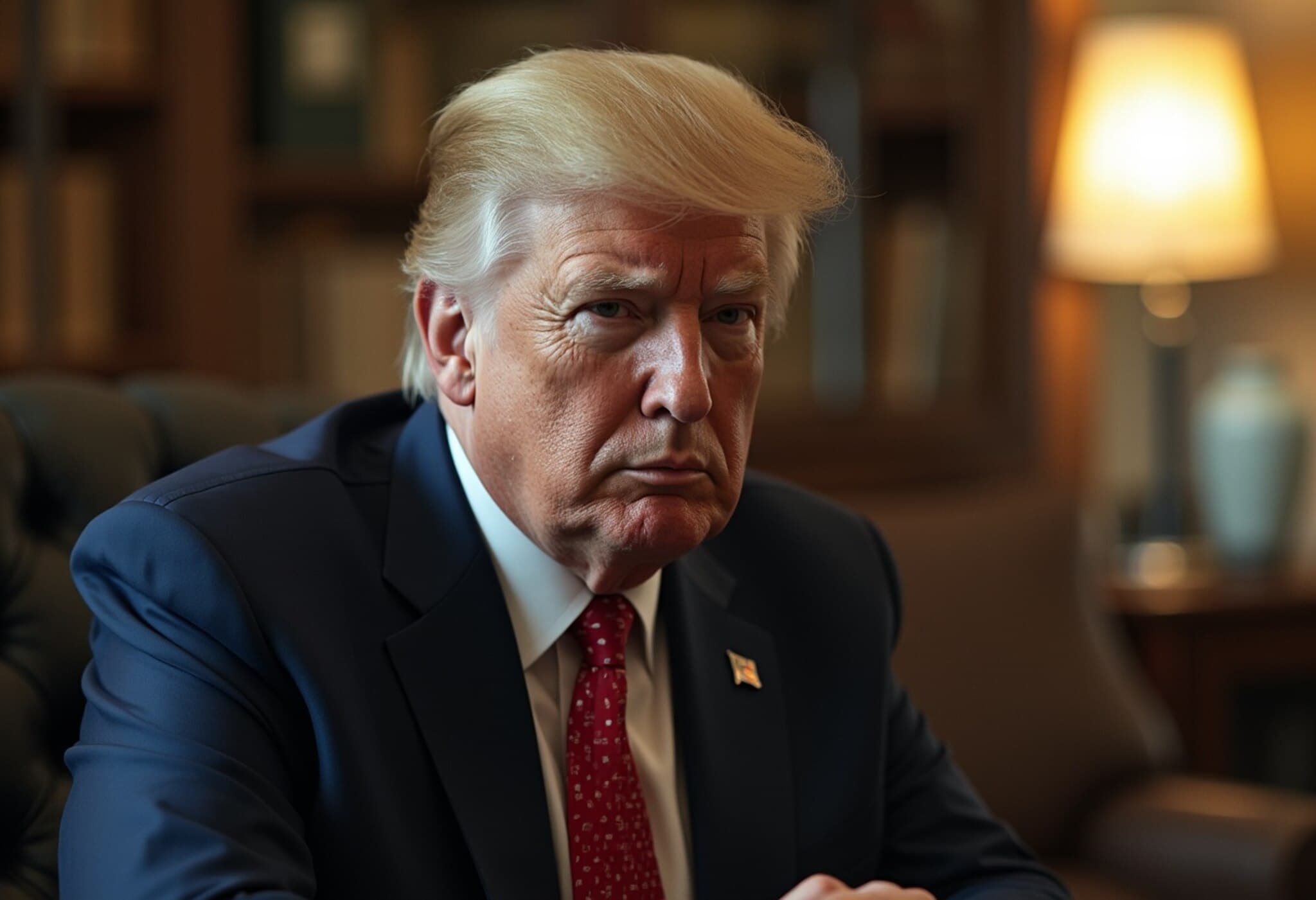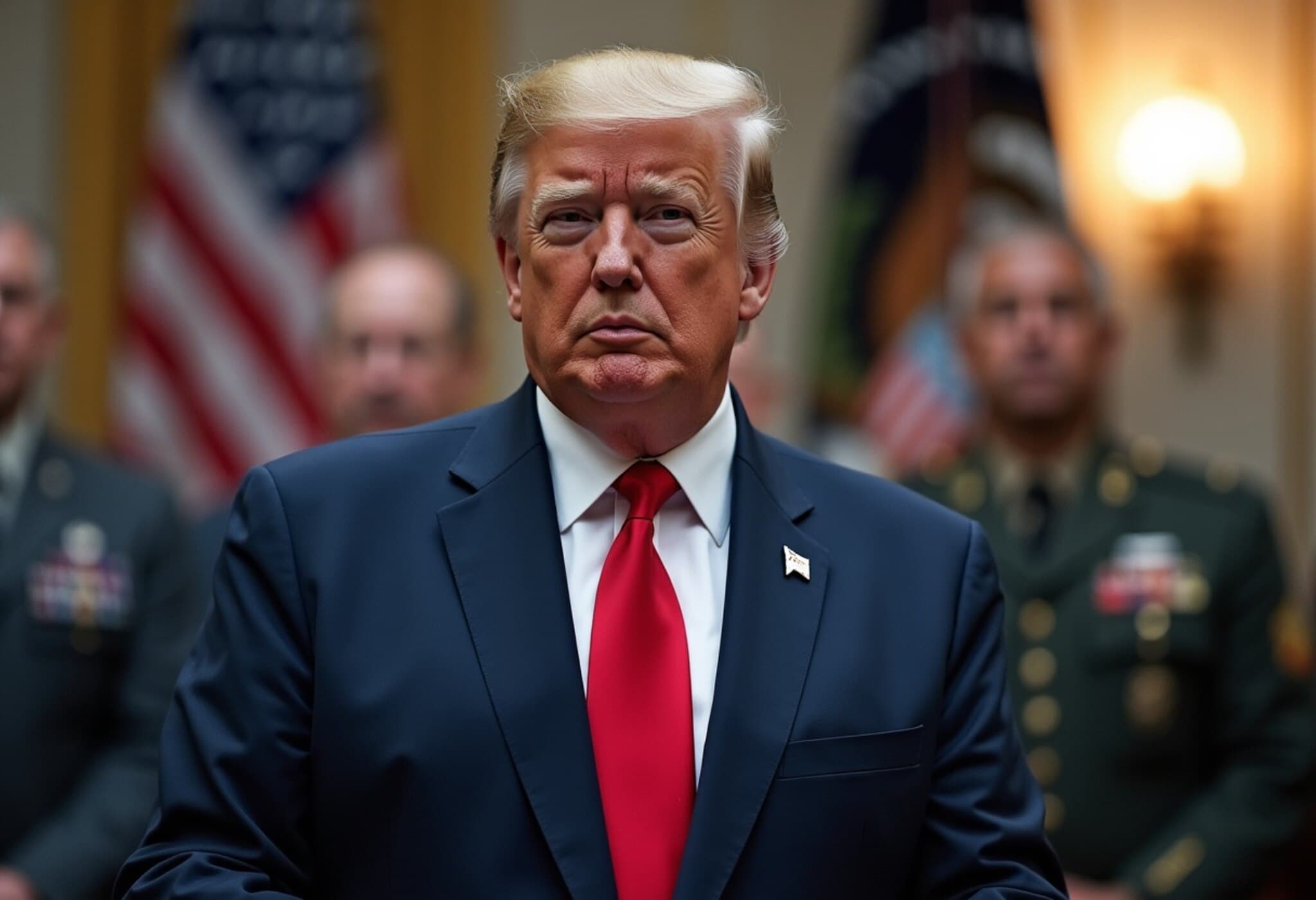US Senate Report Critiques Secret Service After 2024 Trump Shooting
In what has been described as a revealing and sobering assessment, a US Senate committee released a comprehensive report on July 13, 2025, shedding light on a series of security lapses that nearly cost former President Donald Trump his life during an assassination attempt at a 2024 campaign rally in Butler, Pennsylvania.
Multiple Failures Led to Security Breakdown
The Senate Homeland Security and Governmental Affairs Committee’s report details how a "cascade" of preventable errors and organizational deficiencies led to a gunman wounding Trump by grazing his ear with a bullet. The incident, which also tragically claimed one attendee’s life and injured two others, exposed entrenched weaknesses within the Secret Service’s protection protocols.
Committee Chairman Senator Rand Paul, a Republican from Kentucky, characterized the incident not as an isolated mistake but as a “complete breakdown of security at every level,” underscoring a troubling mix of bureaucratic complacency, unclear procedures, and inadequate threat response.
Discipline Under Scrutiny: No Firings Amid Calls for Accountability
Despite the gravity of the event, the report criticizes the Secret Service disciplinary measures following the attack. While six agents on duty received suspensions ranging from 10 to 42 days, the committee argues that more than six officials should have faced consequences, and some who were disciplined received milder punishments than recommended. Notably, the report highlights the absence of any terminations or firings, raising questions about accountability in one of the nation’s most sensitive security agencies.
Leadership Changes and Reforms Post-Attack
The fallout included the resignation of Secret Service Director Kimberly Cheatle just ten days after the shooting, amid heightened scrutiny of the agency’s preparedness and responsiveness. Her successor, current Director Sean Curran, acknowledged receipt of the Senate report and committed to ongoing cooperation with congressional oversight.
"Following the events of July 13, the Secret Service took a serious look at our operations and implemented substantive reforms to address the failures that occurred that day," Curran stated, emphasizing a forward-looking approach to restoring trust and enhancing security measures.
Expert Insights: Contextualizing Security Challenges
From a policy analyst perspective, this incident and subsequent report highlight the difficult balance between operational secrecy and the need for rigorous internal accountability within federal protective services. Given the political volatility surrounding high-profile figures like Donald Trump, the stakes for security agencies are magnified, with any failure inviting intense public and political scrutiny.
Moreover, this case underscores the challenge of managing multi-layered security operations under real-time threats, where communication breakdowns and ambiguous protocols can have catastrophic consequences. Strengthening the institutional culture to prioritize proactive threat assessment and decisive action remains paramount.
Broader Implications for U.S. Security Protocols
- Accountability: The debate over the adequacy of disciplinary actions reflects broader questions about how federal agencies enforce standards and address failures.
- Policy Reforms: The Senate report may catalyze legislative and administrative reforms aimed at tightening protective measures for current and former officials.
- Public Trust: Maintaining confidence in the Secret Service is critical, particularly as political polarization fuels security concerns for public figures.
While the report centers on the 2024 shooting, its lessons reverberate across the spectrum of law enforcement and homeland security practices nationwide, serving as a cautionary tale against complacency.
Editor’s Note
The Senate’s detailed report on the 2024 Trump shooting is more than a critique of protective failures; it is a clarion call for renewed vigilance, transparency, and reform within the Secret Service and beyond. As security threats evolve in complexity and urgency, this incident illustrates the human costs of lapses and the imperatives for robust accountability. Readers should consider: How can agencies balance secrecy with oversight? What organizational reforms are most effective in preventing such near-tragedies? And ultimately, how do we ensure the safety of public figures in an increasingly volatile political landscape?

